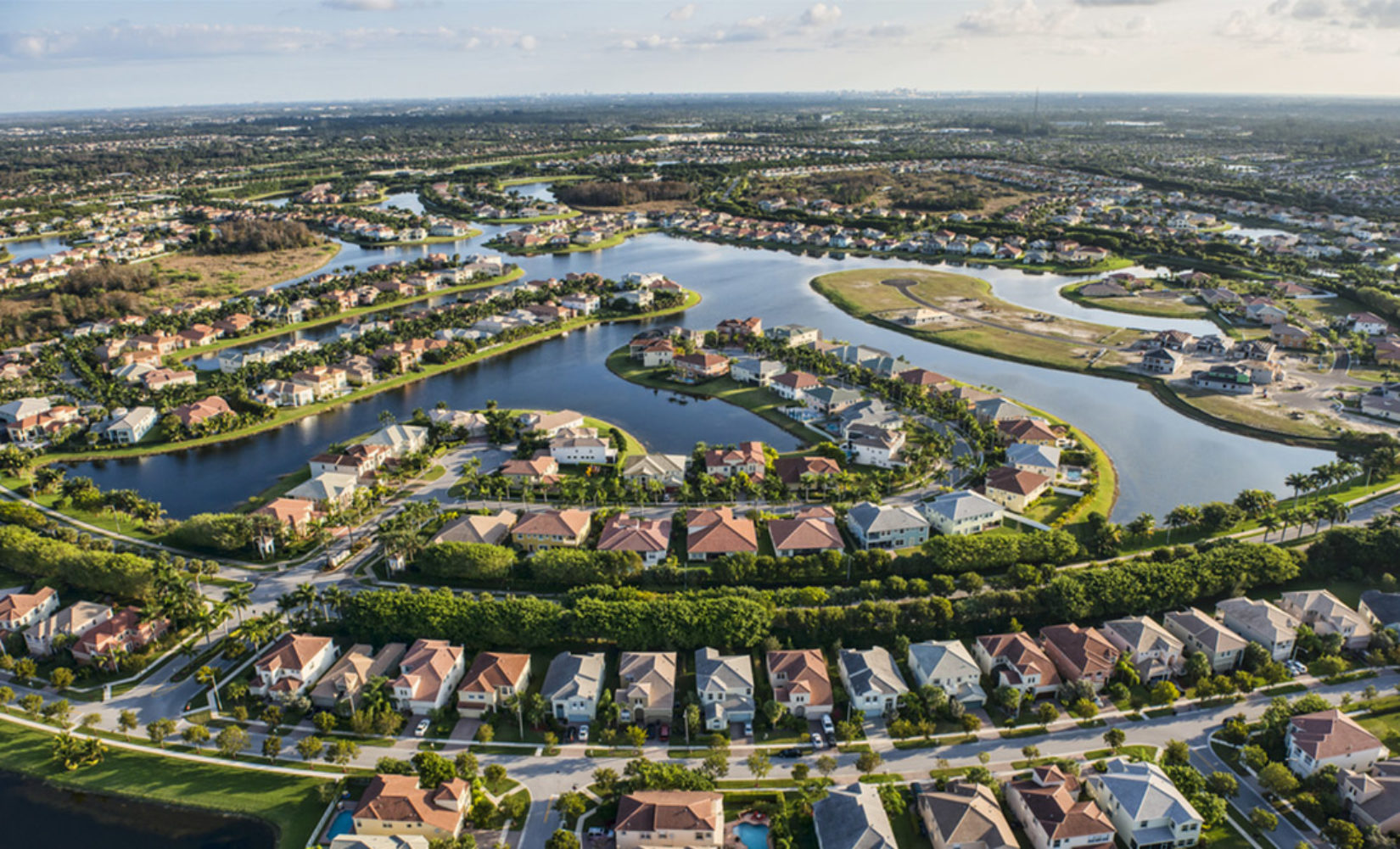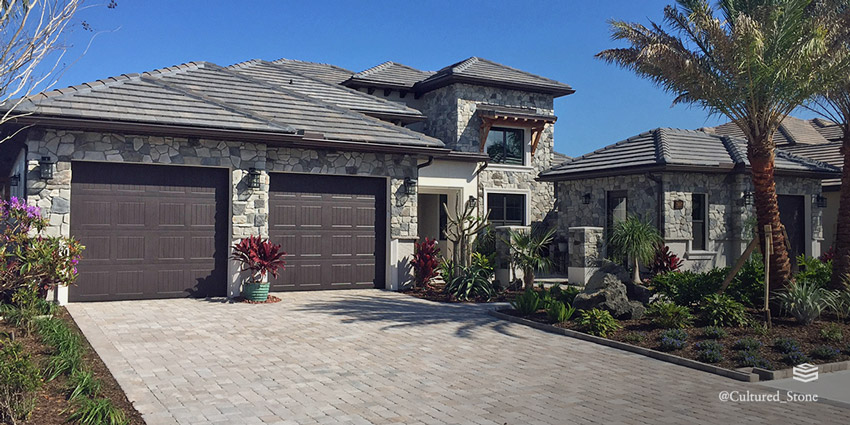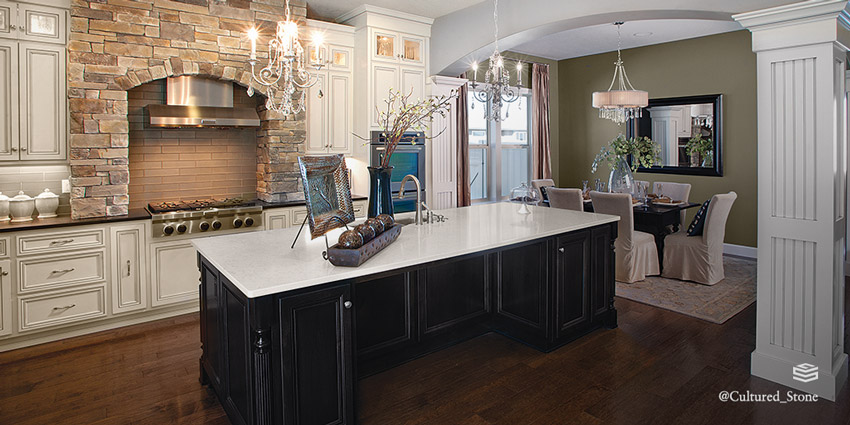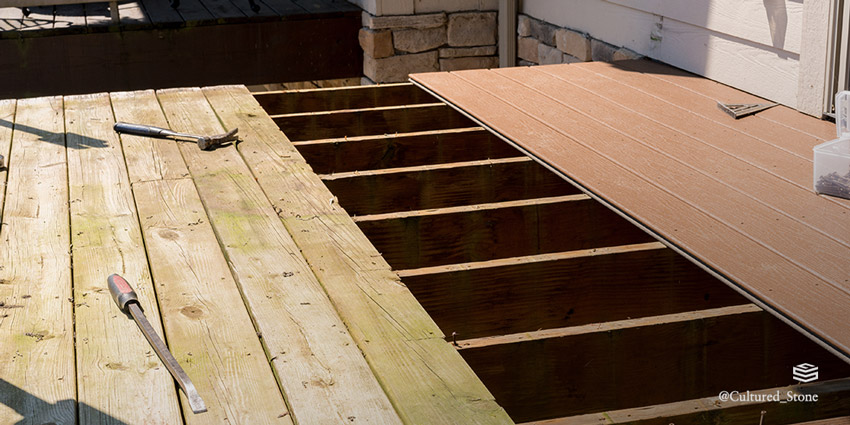
Eco-Friendly Building: When Manmade Materials are Greener than Natural Ones
Natural isn’t always better when it comes to building materials. Many natural products, ranging from wood to stone, are finite resources that result in damage to the environment and to landscapes during acquisition and raw materials processing. In many cases, man-made alternatives provide a greener way to build.
Eco-Friendly Building Goes Mainstream
Eco-friendly construction has hit the mainstream. According to the U.S. Green Building Council, the market share of green home building has grown exponentially over the course of the last 13 years. In 2005, environmentally friendly construction made up just two percent of the residential construction market share. By 2013, that market share had grown to 23 percent. According to Dodge Data & Analytics’ World Green Building Trends 2016, the global green building sector doubles in market share every three years. Survey respondents from 70 countries indicated 60 percent of their projects will be green by the close of 2018.
With front-of-mind concerns about global warming, homeowners as well as builders and architects have an incentive and a duty to engage in more eco-friendly building. After all, the U.S. Energy Information Administration reports the building sector was responsible for nearly 40 percent energy consumption in the U.S. in 2017.
Add to that the financial reasons for building green, which include both energy savings for homeowners and potential tax incentives for both homeowners and builders, and we all stand to benefit from eco-friendly building.
A big part of eco-friendly building is using sustainable materials, which include those that haven’t required a substantial amount of energy to produce. These materials don’t negatively
impact the environment in their sourcing, stand to last a long time with minimal to no maintenance, and aren’t made from toxic products or prone to off-gas toxic fumes.
You might be surprised to learn, however, that natural isn’t always more environmentally friendly. Here we’ll take a look at four more sustainable alternatives to natural building products.
Related Reading: Green Building Materials: 5 Sustainable Resources for Your Next Project
Manufactured Versus Natural Stone
Long-lasting, durable, maintenance-free building materials are often as eco-friendly as it gets. And while natural stone would seem to fit the bill, it’s important to keep in mind that stone quarrying has both aesthetic and environmental impacts on the earth, including erosion. It can also require a good deal more energy to transport to job sites because of its weight. Plus, as a natural product, it’s also a finite resource.

As a result, manufactured stone can provide an eco-friendly building alternative. Unlike much heavier natural stone, manufactured stone may not require concrete footings for support. Cultured Stone, for example, has stone veneer products that look like natural stone yet weigh as little as eight to 12 pounds per square foot.
Stone veneer products by Cultured Stone have a sustainable manufacturing footprint and a minimum average recycled content of 58%. Architects and builders using Cultured Stone can earn LEED® credits for indoor air quality and recycled content. Cultured Stone also uses low-emitting materials and manufacturing processes in the production of its products, including a closed-loop system for water consumption. Between 2006 and 2009, Cultured Stone’s North American plant saw a 50% drop in water consumption.
Natural Stone Versus Composite Countertops
Another segment of natural stone building materials that can’t match the eco-friendliness of man-made products is countertops. It’s hard not to love the varied and beautiful features of natural stone kitchen countertops made from granite, marble, or quartz. However, it’s important to keep in mind that these popular stone surfaces take millions of years to form, which basically makes them a finite natural resource, not to mention they have to be quarried, which has its own set of negative environmental impacts. Plus, natural stone countertops are also typically more expensive and more difficult to install (due to weight) than composite countertop offerings.

Meanwhile, composite countertops (also known as solid-surface countertops) can be made from environmentally friendly resins, and are manufactured on demand. They’re also as durable as natural stone countertops and can mimic the look of natural stone. If you’re searching for something even more eco-friendly, check out recycled glass slab or recycled aluminum countertops, which can make for an especially contemporary kitchen.
Composite Versus Wood Decking
Another area where man-made products often outperform their natural counterparts is in decking. A typical wood deck made of untreated lumber will last 10 to 30 years if properly maintained. A treated wood or composite deck, on the other hand, can last up to 50 years, meaning a homeowner would likely not have to replace the deck in his or her lifetime
And while a pressure-treated lumber deck can last a long time, many homeowners prefer not to use wood treated with insecticides and also don’t care for the maintenance (like regularly staining or applying wood preservative) that comes with it.
As a result, homeowners, architects, and builders are increasingly opting for composite decking–decks made of a combination of wood fibers and recycled plastic. As of 2016, wood alternatives held 16 percent of decking materials market share, with Trex being the clear leader in the composite decking industry (it holds 80 percent market share). Trex claims 95 percent of the materials used in manufacturing of its decking products is recycled. A 500-sq. ft. Trex deck has been manufactured using 140,000 recycled plastic bags.

While composite decking can cost almost twice as much as typical wood decking materials, that increased cost on the front end pays off for the long haul, as composite decks can last more than twice as long as their real wood counterparts and require almost no maintenance.
Natural Versus Manmade Roofing Materials
While many homeowners love the idea of roofing their residences with real wood shingles, the downside to having a home under the cover of a beautiful wood roof is its impact on the environment. Most wood shingles are made from old growth Western cedar, which is definitely not a quickly renewing natural resource.
Slate is another popular choice for high-end roofing because a slate roof can last a century, but slate mining and transport is energy intensive.
This is where man-made roofing materials can provide much more eco-friendly building options. Metal roofs are a long-lasting alternative to wood and slate, both because they last a long time–up to 50 years–and because a metal roof can be recycled at the end of its useful life.
For something even greener though, you might consider roofing made from recycled waste materials, including plastic, rubber, and wood fiber. These green roofs keep waste out of landfills, reduce the need for processing of raw materials and can often last as long as their metal counterparts.
The Case for Eco-Friendly Building Materials
Once it’s time to start talking options for construction materials with your design-build team and the homeowner, think a little greener, and remember natural doesn’t always mean more eco-friendly. It’s not just that natural materials are a finite resource that may negatively impact the environment from which they’re sourced. It’s also the long-term economics of maintaining and replacing natural materials at the end of their design life.
With manufactured materials like Cultured Stone stone veneer products, architects, builders, and homeowners can reduce their energy and sourcing footprint without compromising strength, durability, or aesthetic.
Cultured Stone products contain an average of 58% pre-consumer recycled content. Learn more with our free Beginner’s Guide to Manufactured Stone Veneer.